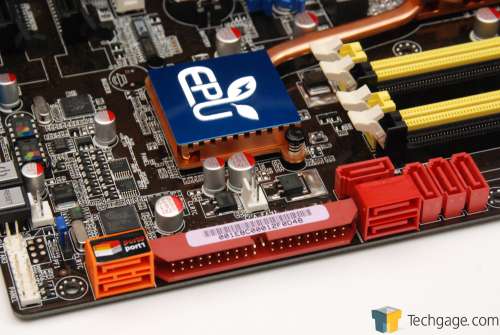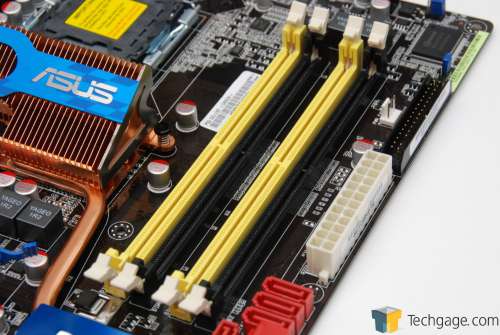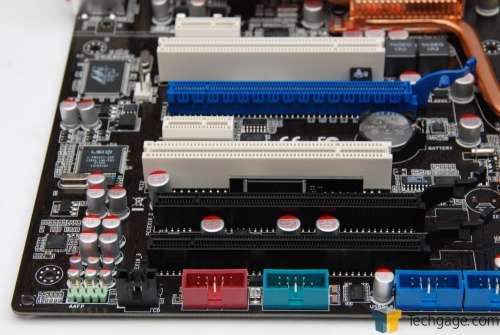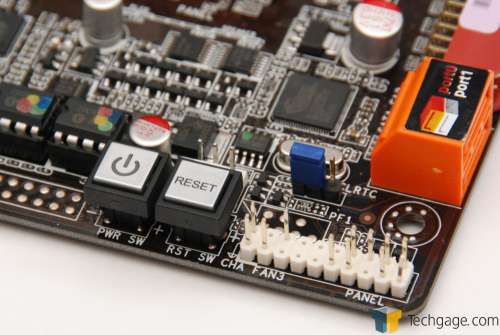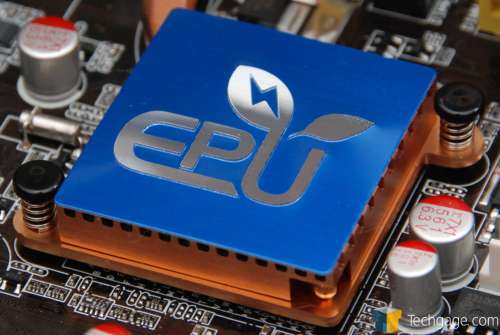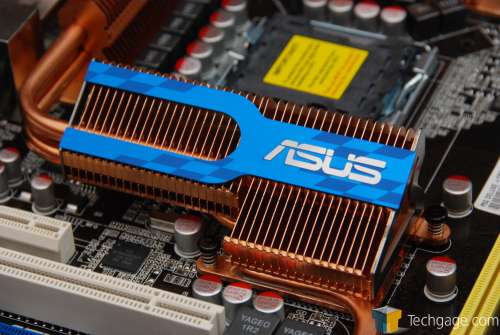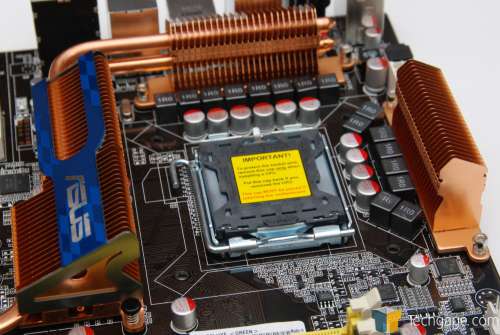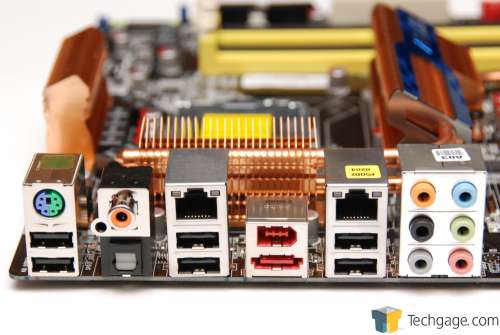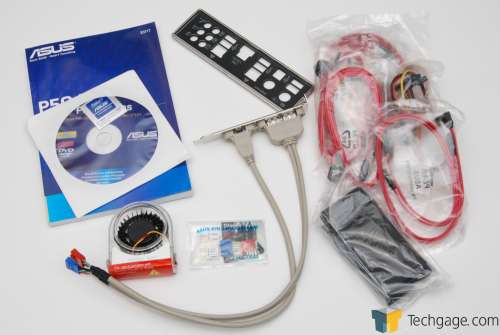- Qualcomm Launches Snapdragon 4 Gen 2 Mobile Platform
- AMD Launches Ryzen PRO 7000 Series Mobile & Desktop Platform
- Intel Launches Sleek Single-Slot Arc Pro A60 Workstation Graphics Card
- NVIDIA Announces Latest Ada Lovelace Additions: GeForce RTX 4060 Ti & RTX 4060
- Maxon Redshift With AMD Radeon GPU Rendering Support Now Available
ASUS P5Q Deluxe – P45 Is Off to a Great Start
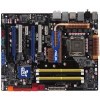
Intel’s P45 is due out next month, but the boards are already rolling in. Our first look is at ASUS’ P5Q Deluxe, a DDR2 offering that’s feature-packed and comes in at a great price. Features include a layman’s RAID tool, updated Splashtop, lots of connectivity, a great layout and more.
Page 2 – Board Layout & Design
ASUS doesn’t change the overall look of their boards too often, which I’m fine with since I tend to be drawn to darker colors. The layouts also remain quite similar… another thing I don’t have much of a beef with.
Eight S-ATA ports are available for the taking, but their layout is a little interesting. In order to deliver a perfect setup for anyone, the primary ports are laid out three different ways, depending on your preference. This might be an inconvenience if you plan on using every single port, but this method still allows you to route each cable a different way, which could prove easier in the end.
The orange ports to the left are designed for use with the Drive Xpert feature, although if no RAID setup is desired, then they can be configured for regular S-ATA use.
Going with the tried and true honeybee color scheme, the DDR2 DIMM ports are free and clear of any CPU cooler you’d plan to use, and are also kept far enough away from the top PCI-E port, where a massive GPU could be installed.
Triple PCI-E 2.0 slots are used here, either for dual or tri-GPU setups. For tri-GPU, cards utilizing single-slot coolers would need to be used, due to port spacing. For dual-GPUs, two dual-slot coolers could be used without issue. Besides those, there are two PCI-E 1x and also two PCI for your classic add-on cards.
Normally only seen on very high-end boards, the P5Q includes both a power and reset button right on the board in order to make out-of-chassis testing a breeze. I appreciate the fact that they are located right at the bottom, out of the way.
The Southbridge chipset is simple, featuring small thick fins for reasonable heat dissipation. The Southbridge never tends to get that hot, so advanced coolers are not necessary, even for overclocking. The EPU chip that the cover here exclaims is found up top, right beside the CPU socket.
Continuing with the blue theme, the Northbridge and PWM heatsinks feature many fins and two long heat pipes.
Below, you can see the 16 phases used, scattered around the CPU socket. These look nice, but their overall use is still questionable. Even with a very high-end processor, 8 phases seems to be a reasonable number. Until it’s proven that 12 phases or more can actually improve anything, there’s little reason to get excited over this.
Looking at the full version of the image, you can see the EPU chip located right below the socket.
In way of connectivity, the back panel includes six USB ports, a PS/2 for your legacy keyboard or mouse, S/PDIF audio ports, two LAN, one Firewire and one e-SATA. These along with the 7.1 audio help make this board one heck of an attractive offering.
In way of accessories, a back panel protector is included, which is padded in the back for smooth motherboard installation, along with a motherboard connection that will allow you two more USB ports and also a small Firewire (dissimilar to the one found on the back panel).
Aside from those, the usual cables that are to be expected are here, in addition to ASUS’ Q-Connector, which makes ATX cable installation a simple task. A heatsink fan is included also, but I still don’t understand its use, since it doesn’t properly fit anywhere on the board.
On the next page, we’ll take a brief look at the BIOS, and then move right into some results.
|
|
Support our efforts! With ad revenue at an all-time low for written websites, we're relying more than ever on reader support to help us continue putting so much effort into this type of content. You can support us by becoming a Patron, or by using our Amazon shopping affiliate links listed through our articles. Thanks for your support!




